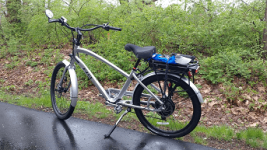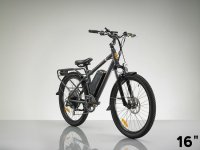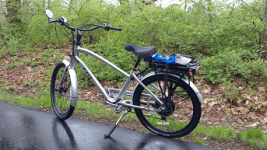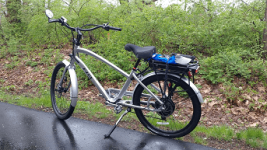georgefromvt
1 kW
- Joined
- Jun 25, 2010
- Messages
- 352
I recently purchased two new ebikes. The Radpower Radcity and the Elux Newport. The Radcity is a direct drive 750 watt 48 volt 10 amp bike. The Elux Newport is a geared 750 watt 48 volt 10 amp bike. Both are almost the same weight and both ride great but the Newport (geared) motor ebike gets about a third more range. Direct Drive motors have some drag but I thought the decreased efficiency due to drag might be offset by regen braking. But not. The geared motor ebike (Elux) has much better range. Any thoughts. I like both bikes but I'm really surprised by the range difference.
https://www.eluxbikes.com/newport
https://www.radpowerbikes.com/products/radcity-electric-commuter-bike?variant=27902381057

https://www.eluxbikes.com/newport
https://www.radpowerbikes.com/products/radcity-electric-commuter-bike?variant=27902381057





